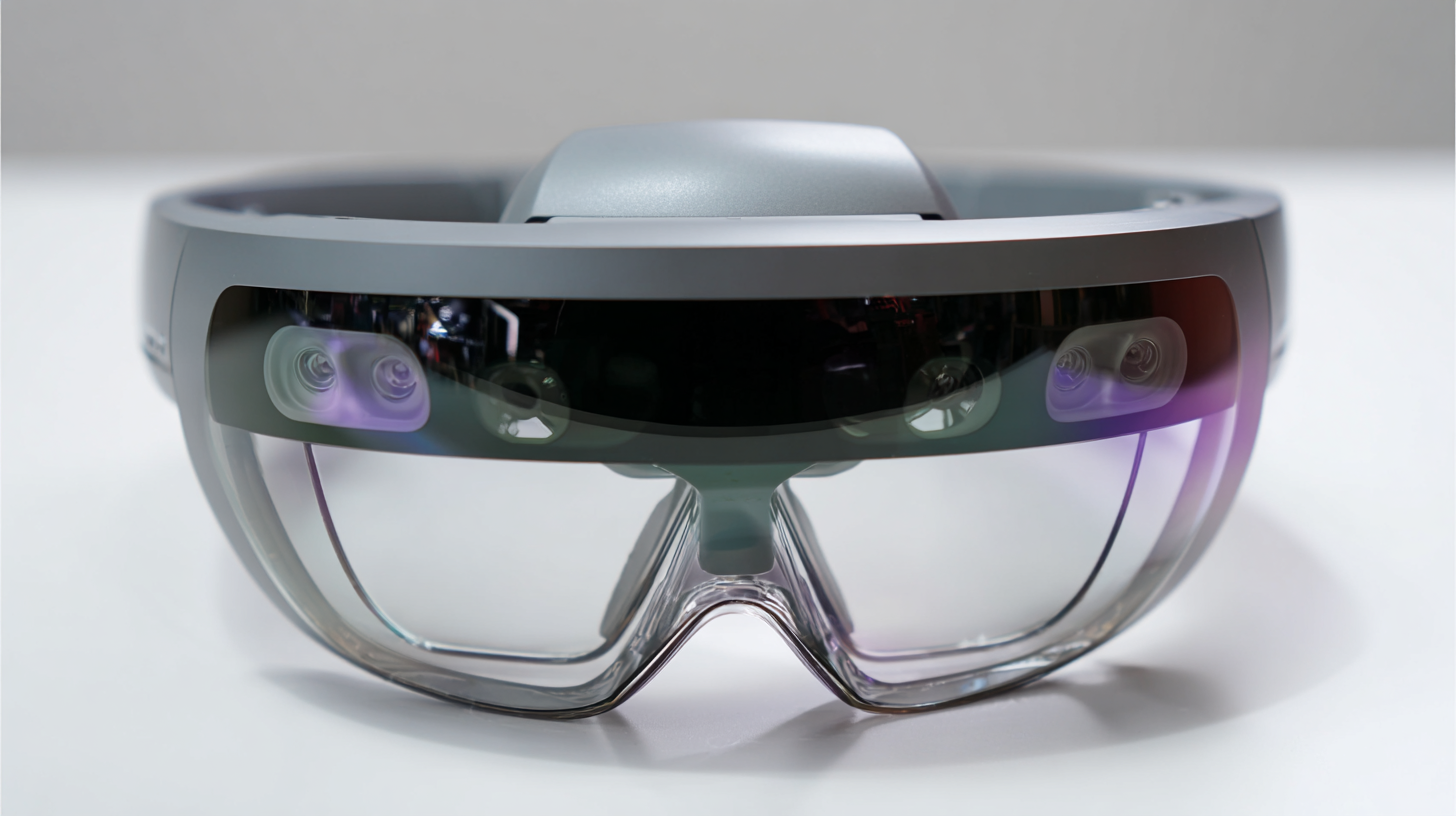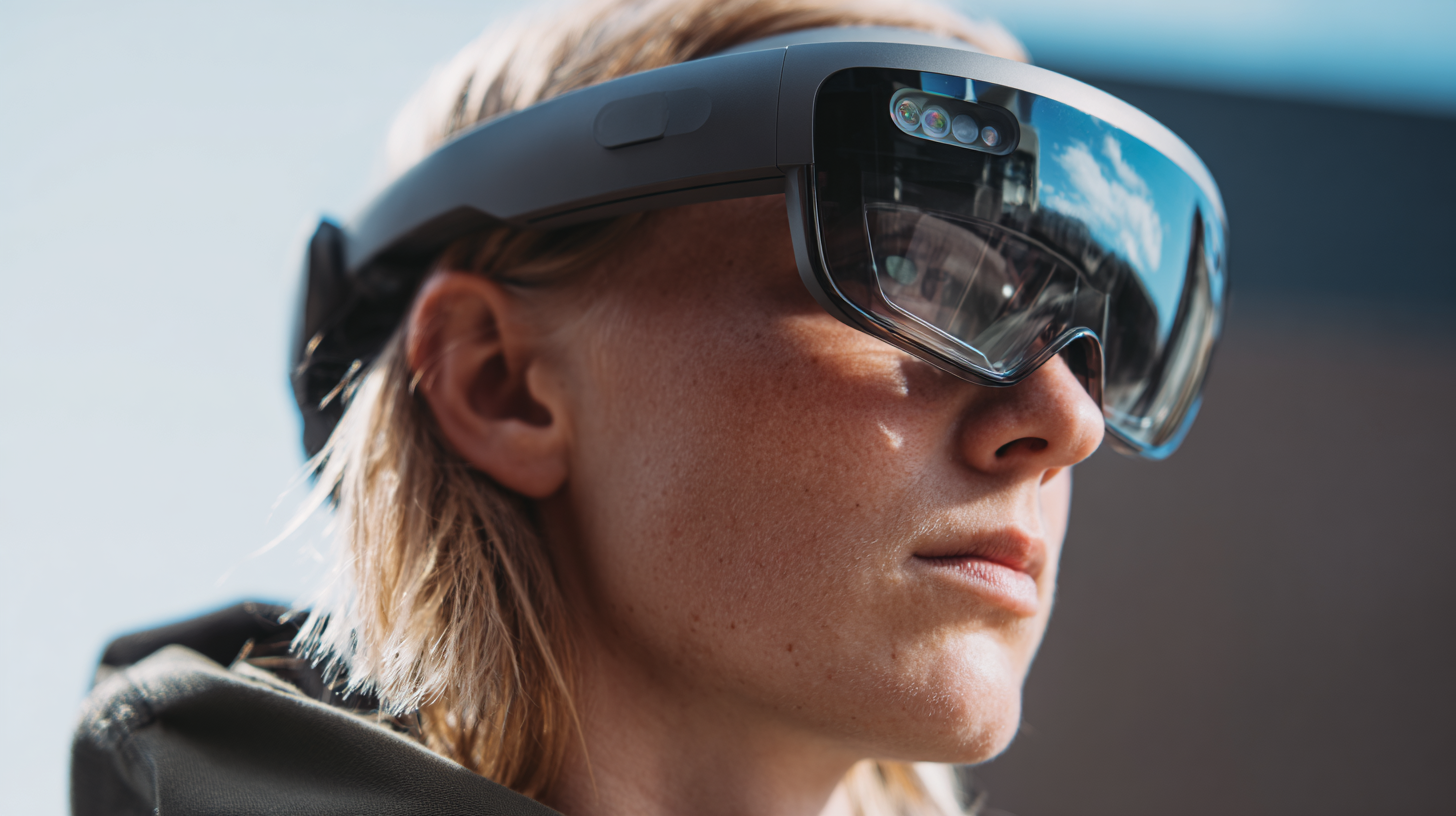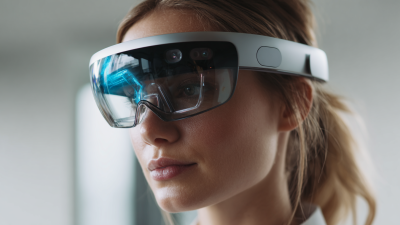 +86-13613020876
+86-13613020876



As technology continues to evolve, Mixed Reality Glasses have emerged as a revolutionary tool that bridges the gap between the digital and physical worlds, offering users immersive experiences like never before. Choosing the right pair can be a daunting task, given the wide array of options available on the market. Factors such as comfort, functionality, and compatibility with existing devices play a crucial role in ensuring that your investment aligns with your specific needs. This guide aims to provide a comprehensive overview of essential considerations, helping you navigate through the features and capabilities of various models. Whether you are a gamer looking for the latest advancements in interactive play, a professional seeking tools for enhanced productivity, or an educator exploring innovative ways to deliver content, understanding what to look for in Mixed Reality Glasses is key to maximizing their potential in your daily life.

When selecting the best mixed reality (MR) glasses, it's essential to first evaluate your specific use cases and needs. According to a recent report by Statista, the global mixed reality market is projected to reach $1.7 billion by 2024, highlighting the growing interest in AR/VR technologies across various sectors, including gaming, education, and healthcare. For instance, if you're an educator looking to incorporate immersive experiences into your teaching methods, MR glasses that support interactive simulations could significantly enhance student engagement and understanding.
On the other hand, enterprise solutions are increasingly utilizing MR technologies for training and collaboration. Gartner's research indicates that 75% of organizations will be using some form of extended reality by 2025. This points to the necessity of investing in MR eyewear that provides robust connectivity and integrated software tailored for professional scenarios. Whether your priority is ease of use, compatibility with existing tools, or advanced display quality, carefully assessing the specific functionalities that align with your intended applications will guide you in choosing the most suitable mixed reality glasses.

When choosing mixed reality glasses, several key features should be thoroughly evaluated to ensure they meet your specific needs. Firstly, display quality is paramount. Look for high-resolution screens that provide clear and vivid visuals, as this greatly enhances the immersive experience. A wide field of view (FOV) is also important; a larger FOV allows users to perceive more of the virtual environment at once, making interactions feel more natural and engaging.
Another crucial feature to consider is tracking accuracy. Advanced mixed reality glasses utilize various sensors, including gyroscopes and depth cameras, to track user movements seamlessly. This ensures that virtual objects respond realistically to your actions. Additionally, comfort and ergonomics should not be overlooked. Since these glasses may be worn for extended periods, opting for a lightweight design with adjustable head straps can significantly enhance the user experience. Battery life is another factor to weigh; longer battery durations allow for prolonged use without interruptions, maximizing enjoyment and productivity.
| Feature | Description | Importance | Example Use Cases |
|---|---|---|---|
| Field of View (FOV) | The extent of the observable world that can be seen at any given moment. | High | Gaming, Simulation Training |
| Resolution | The clarity and sharpness of the visual output, measured in pixels. | High | Medical Imaging, Design Visualization |
| Weight | The heaviness of the device, influencing the comfort during extended use. | Medium | Extended Reality Experiences, Workshops |
| Battery Life | Duration the device can operate before needing a recharge. | High | Field Applications, Events |
| Tracking Technology | How the device tracks position and movement, affecting interaction precision. | High | Navigation, Interactive Gaming |
| Compatibility | The ability of the device to interact with other systems and applications. | Medium | Enterprise Solutions, Custom Software |
The mixed reality (MR) glasses market is currently experiencing intense competition as major players rush to capture market share. Recently, augmented reality (AR) glasses have garnered attention and are poised to outpace traditional virtual reality (VR) devices, which are facing challenges like limited applications and user discomfort. A report by TrendForce indicates that AR glasses are now becoming a focal point in the tech industry, highlighting a shift in consumer preference toward more practical and multifunctional devices.
 In the race for dominance, various brands are launching innovative MR headsets with advanced features. For instance, the latest offerings boast groundbreaking technology, such as 12 cameras for an immersive visual experience and space audio capabilities. Market analysts emphasize that consumers can expect a diverse range of products tailored to their specific needs in 2024, as reflected in the Digital Trends review of the best VR headsets, which aimed to identify cost-effective choices for everyday users. The industry's vigor suggests that selecting the right mixed reality glasses will involve considering not only the technology but also how well these devices integrate into everyday life.
In the race for dominance, various brands are launching innovative MR headsets with advanced features. For instance, the latest offerings boast groundbreaking technology, such as 12 cameras for an immersive visual experience and space audio capabilities. Market analysts emphasize that consumers can expect a diverse range of products tailored to their specific needs in 2024, as reflected in the Digital Trends review of the best VR headsets, which aimed to identify cost-effective choices for everyday users. The industry's vigor suggests that selecting the right mixed reality glasses will involve considering not only the technology but also how well these devices integrate into everyday life.
When selecting mixed reality glasses for extended use, comfort and design are paramount. A recent study from the International Data Corporation (IDC) indicates that user experience significantly hinges on ergonomic design, which can influence the length of time individuals feel comfortable using the device. In their findings, 60% of users reported that weight distribution and adjustable features directly impacted their willingness to wear the glasses for long periods. Therefore, it's essential to look for models that offer adjustable straps and padding, as these factors contribute to overall comfort during extended sessions.
In addition to physical comfort, the aesthetic design of mixed reality glasses should not be overlooked. According to a report by Deloitte, 70% of consumers are more inclined to purchase wearable technology that visually appeals to them. This suggests that a sleek, modern design can enhance user acceptance and encourage prolonged engagement with the technology. Features such as a compact frame, lightweight materials, and appealing color options can make a significant difference in the likelihood of regular usage, especially in consumer-facing applications. Prioritizing both comfort and design will not only enhance the user experience but also foster a more robust adoption of mixed reality technology.
When it comes to budgeting for mixed reality glasses, it's essential to determine how much you're willing to invest. With a rapidly evolving market, prices can vary significantly, from affordable options to high-end devices. Understanding your specific needs—whether for gaming, productivity, or casual usage—will help narrow down the choices. Consider features such as comfort, durability, and compatibility with existing technologies. This assessment will guide you towards finding the right fit without overspending.
Recent advancements in mixed reality have shown that investing in quality can lead to long-term benefits. For example, one company has reportedly spent billions over the last decade developing AR glasses, with aspirations to eventually replace smartphones. This indicates that high-quality mixed reality devices may be a worthwhile investment, even if they come with a higher price tag. Evaluate the long-term value each option offers, as the right pair of glasses could enhance your daily life significantly, justifying a larger upfront cost.
This bar chart illustrates the number of mixed reality glasses models available across different price ranges. It can help potential buyers identify which price categories offer the most options as they consider their budget when choosing the best mixed reality glasses for their needs.






